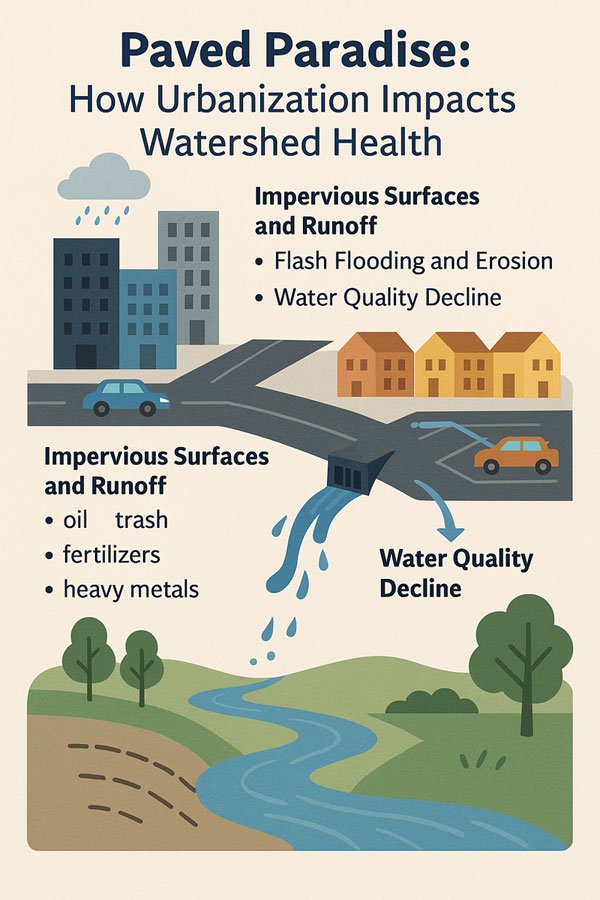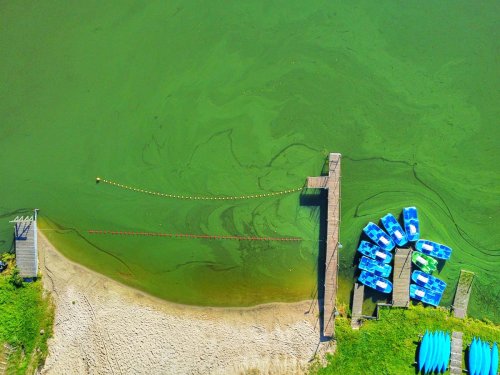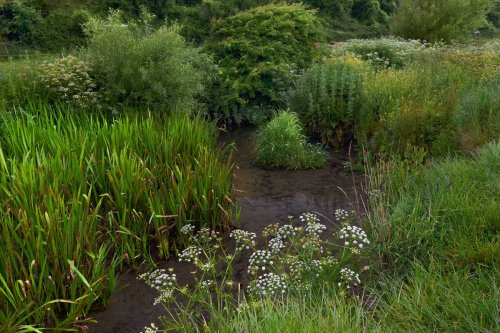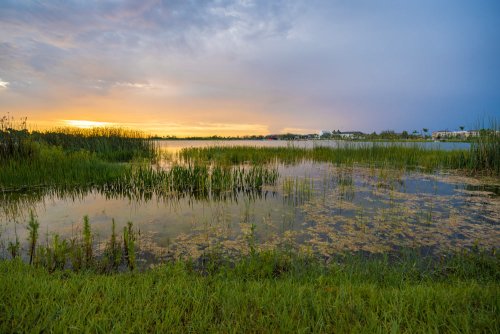Eurasian Watermilfoil – The Menace of American Lakes
Eurasian Watermilfoil is a formidable adversary for America’s lakes, but one that can be managed with a proactive, multi-pronged approach. Awareness, prevention, and collaboration are essential. Municipal officials, lake associations, and everyday water users all have a part to play in keeping this invasive menace at bay.
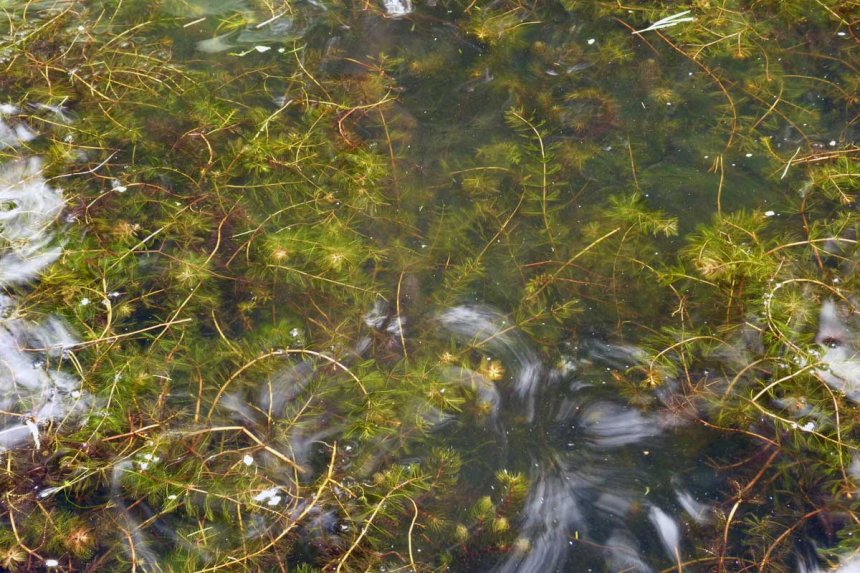
Eurasian Watermilfoil (Myriophyllum spicatum) is one of the most aggressive aquatic invasive species threatening North American freshwater ecosystems today. Originally introduced from Europe and Asia in the 1940s, likely through the aquarium trade or as ship ballast discharge, this submerged aquatic plant has since become a major nuisance in lakes, ponds, and slow-moving rivers across the United States and Canada.
Why It’s a Problem
Eurasian Watermilfoil spreads rapidly and forms dense underwater mats that choke out native plant species, degrade water quality, and create serious problems for both recreation and aquatic habitat. These thick mats can obstruct boat traffic, entangle swimmers, clog water intake pipes, and ultimately disrupt the balance of entire ecosystems.
Its ability to reproduce through fragmentation means that even a small broken piece can take root and colonize a new area. This resilience, combined with the plant's rapid growth, gives it an ecological and competitive edge over many native aquatic plants, which struggle to survive in its shadow, literally and figuratively.
Ecological Impacts
-
Biodiversity Loss: Eurasian Watermilfoil displaces native aquatic vegetation that fish and invertebrates rely on for food and shelter.
-
Algal Blooms: Its dense growth alters the oxygen and nutrient balance in the water, potentially encouraging harmful algal blooms.
-
Fish Habitat Disruption: While some fish may initially use milfoil for cover, the thick, monoculture mats can reduce open water habitat and make it difficult for larger fish to hunt and reproduce.
-
Wildlife Impacts: Waterfowl that feed on native aquatic plants may find their food sources significantly diminished.
Economic and Recreational Damage
From a municipal and recreational standpoint, Eurasian Watermilfoil causes substantial economic harm:
-
Property Devaluation: Shoreline properties affected by dense milfoil growth often see reductions in value due to decreased recreational appeal and higher management costs.
-
Tourism Impact: Lakes overrun with milfoil can deter boating, swimming, and fishing - impacting tourism-based economies.
-
Management Costs: Local governments and lake associations can spend tens of thousands of dollars annually on control efforts, with mixed success.
Spread and Prevention
This invasive plant spreads primarily by fragmentation, meaning that pieces of the plant caught on boat propellers, trailers, or fishing gear can lead to new infestations. As such, prevention is critical.
Key prevention strategies include:
-
Clean, Drain, Dry: Public outreach campaigns should stress the importance of cleaning watercraft and equipment between uses.
-
Public Signage: Lakes with known infestations should post signs warning boaters to inspect and clean their vessels.
-
Boat Washing Stations: Providing free or low-cost boat decontamination stations at public access points can reduce the risk of spread.
-
Early Detection & Rapid Response: The sooner a new infestation is identified, the more likely it can be contained with minimal disruption.
Control Methods
While eradication is nearly impossible once Eurasian Watermilfoil becomes established, several control techniques exist:
-
Mechanical Harvesting: Removes plants from the water but may cause further spread if fragments are not properly contained.
-
Herbicide Treatments: Selective aquatic herbicides can suppress growth, but repeated treatments are often needed, and non-target species may be impacted.
-
Biological Control: Introduction of the milfoil weevil (Euhrychiopsis lecontei), a native insect that feeds on milfoil, has shown promise in some locations.
-
Benthic Barriers: Weighted mats placed on the lake bottom can smother localized infestations but are labor-intensive and limited in scale.
What Municipalities Can Do
Local governments and watershed management programs play a crucial role:
-
Fund routine lake monitoring and aquatic vegetation surveys.
-
Enforce local ordinances that restrict the introduction of invasive species.
-
Coordinate with state agencies and non-profits on outreach and treatment programs.
-
Promote citizen science initiatives like volunteer milfoil patrols and training for shoreline property owners.
Eurasian Watermilfoil is a formidable adversary for America’s lakes, but one that can be managed with a proactive, multi-pronged approach. Awareness, prevention, and collaboration are essential. Municipal officials, lake associations, and everyday water users all have a part to play in keeping this invasive menace at bay.
For more information on invasive species management and watershed protection strategies, visit the homepage at OWAMW.com.
Photo credit: Donald Hobern from Copenhagen, Denmark, CC BY 2.0, via Wikimedia Commons


